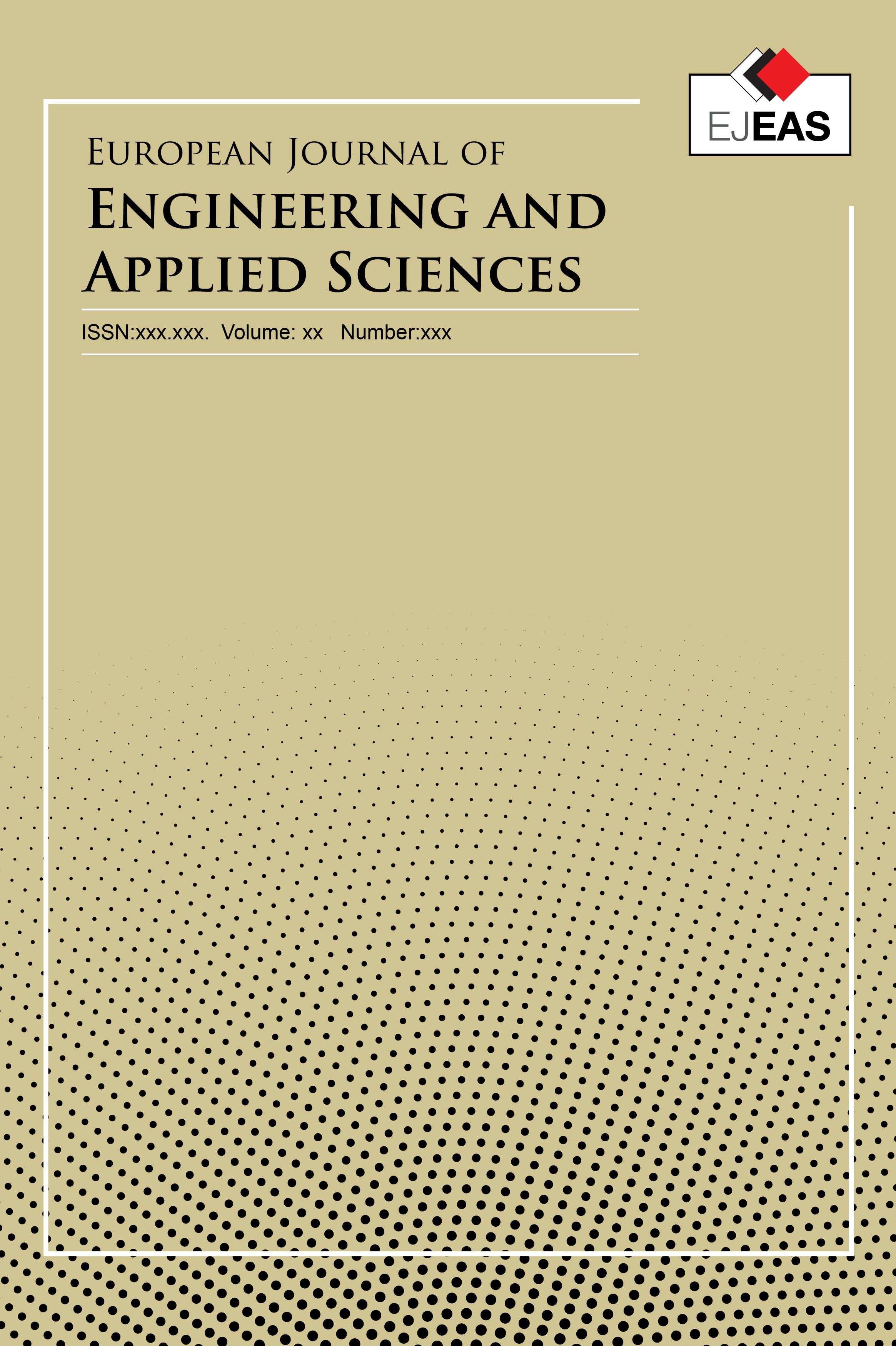Metal Tel İçeren Kumaşların Isınma ve İletkenlik Özellikleri
Metal iplik, İletken tekstil, Elektriksel iletkenlik, Akıllı tekstil, Paslanmaz çelik tel
Heating and Conductive Properties of Fabrics Made of Metal Yarns
Metal Yarn, Conductive Textiles, Electrical Conductivity, Smart Textiles, Stainless Steel Wire,
___
- Referans 1: Honarvar, M G.; Latifi, M. (2016). Overview of Wearable Electronics and Smart Textiles. The Journal of The Textile Institute, 108(4), 631-652.
- Referans 2: Yu Z-C.; Zhang J-F.; Lou C-W.; Lin J-H. (2015). Processing and Properties of Multifunctional Metal Composite Yarns and Woven Fabric, Materials and Manufacturing Processes, (30)3, 320-326.
- Referans 3: Bedeloglu, A. (2013A). Investigation of electrical, electromagnetic shielding, and usage properties of woven fabrics made from different hybrid yarns containing stainless steel wires, The Journal of The Textile Institute, 104(12), 1359-1373.
- Referans 4: Sezgin, H., Examination of the Heat Manner of Different Conductive Yarns with Different Fabric Types, (2012), MSc, Istanbul Technical University, Istanbul.
- Referans 5: Bedeloglu, A. (2013B). Electrical, electromagnetic shielding, and some physical properties of hybrid yarn-based knitted fabrics, The Journal of The Textile Institute, 104 (11), 1247-1257.
- Referans 6: Erdumlu, N.; Sarıçam C. (2015), Measurement of the Drape of Woven Fabrics Including Metal Wire-Wrapped Hybrid Yarns by Using Image Analysis, Textile and Engineering, 22 (100), 38-45.
- ISSN: 2651-3412
- Yayın Aralığı: Yılda 2 Sayı
- Başlangıç: 2018
- Yayıncı: Tekirdağ Namık Kemal Üniversitesi
Metal Tel İçeren Kumaşların Isınma ve İletkenlik Özellikleri
Nilsen SÜNTER EROGLU, Suat CANOĞLU, Sevhan YÜKSELOĞLU
Fire-off’un Pamuk ve Pamuk/Polyester Kumaşlarda Yanma Davranışının İncelenmesi
RFID Tabanlı Üretim Takip Otomasyonu Sistem Tasarımı ve Uygulaması: Metal Sektörü Saha Çalışması
Günay YILDIZ TÖRE, Burak SARIGÜL
Pelin ÖZTÜRK, Hafiz ALİSOY, Reşat MUTLU
Halılarda İlmek Çıkma Sorunu İçin Yenilikçi Bir Çözüm Yaklaşımı
Halil İbrahim ÇELİK, Özkan BOZOĞLAN
Yün Dokuma Kumaşların Çekme Davranışları Üzerine Bir Çalışma
